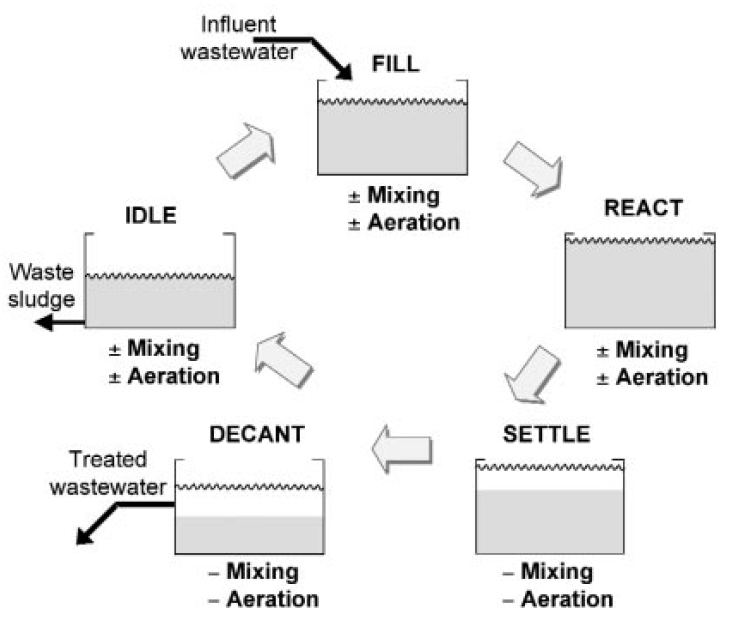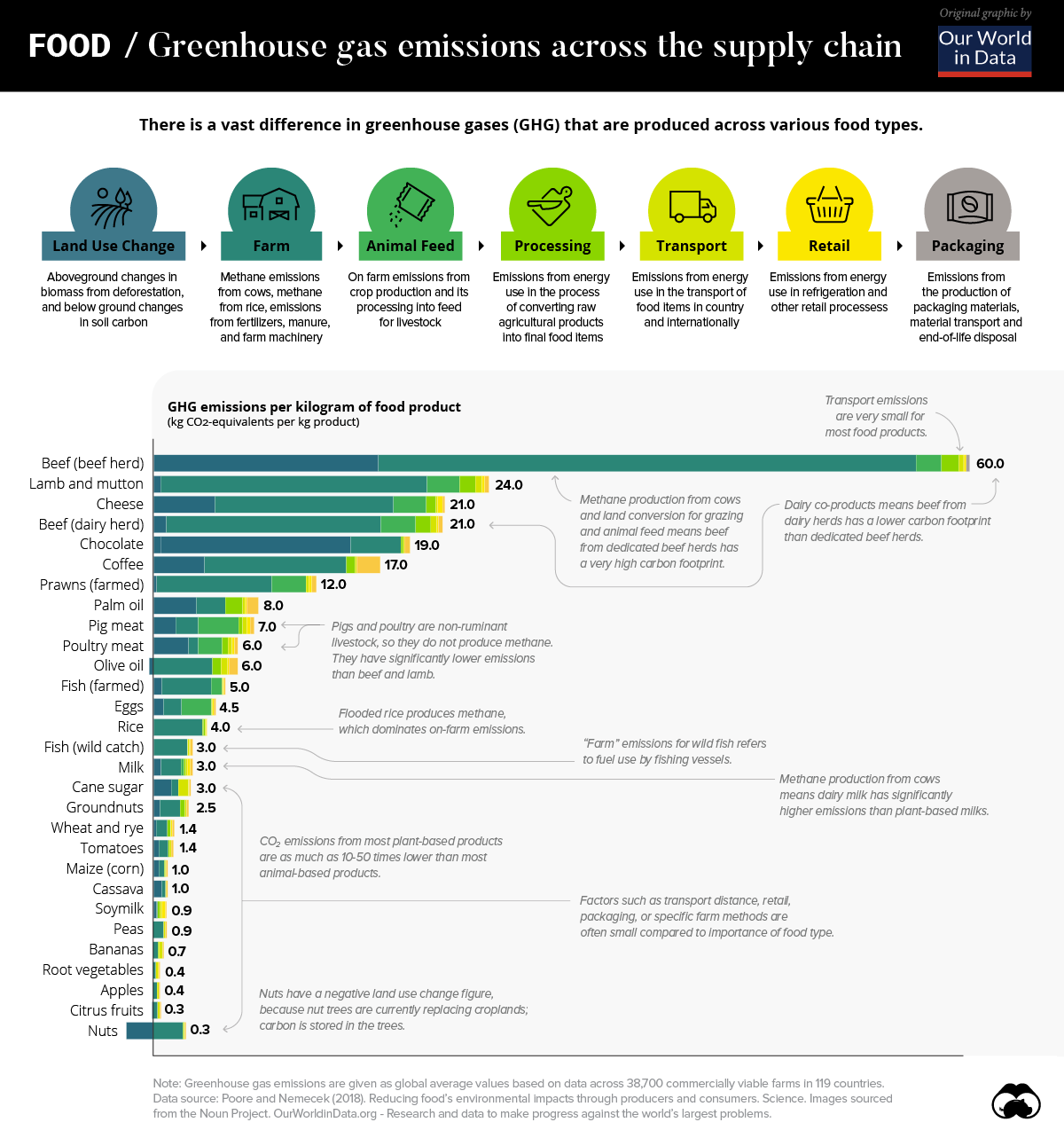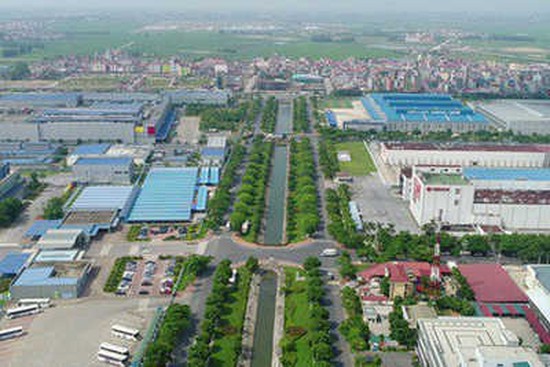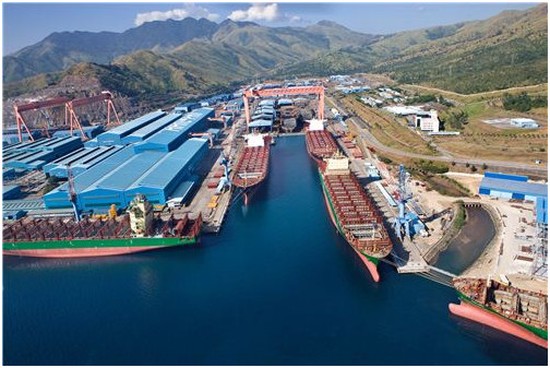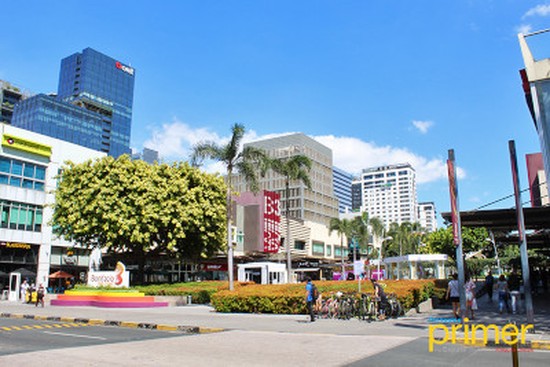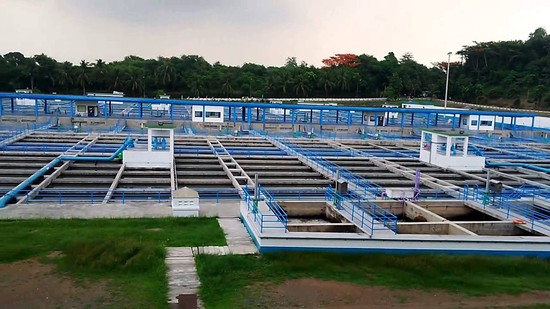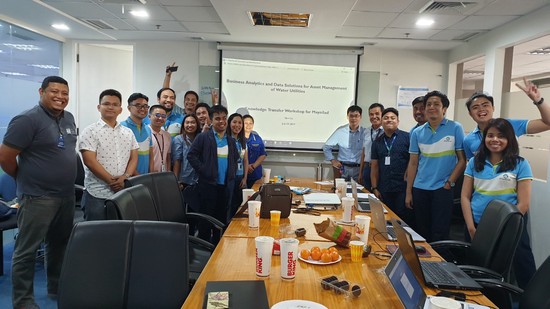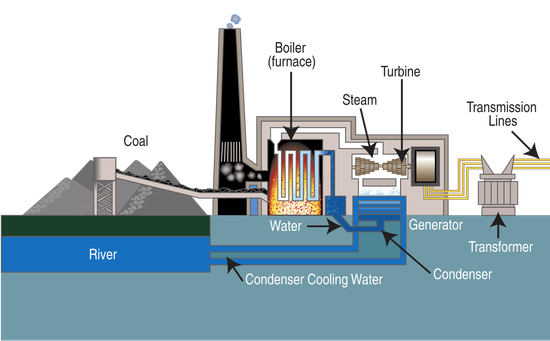Nam Le
Risk and Asset Management Specialist for Buildings and Engineering Systems
Bio
A marathon runner, diver, and part-time programmer, now lives and works both in Manila and Saigon Vietnam, used to live in BKK, Kyoto, Osaka, Zurich, Geneva, and Hanoi.
Places like home: Ecopark (VN), Katsura (JP), Geneva (CH), and Zurich (CH)
Currently working for - Arcadis (Duty station in Manila, Philippines) - Project Director and Procurement and Contract Specialist - Technical, Environmental & Commercial Due Diligence projects for Acquisition and Merging business in Southeast Asian Region - Water and Wastewater Treatment Plants and Distribution Networks. - Project Risk Analysis (including seismic risk analysis for computing maximum credible lost using FEMA and fragility curve approach) - Asset Management and Data Analytics (ISO 55000(1), statistical modelling, reliability analysis) - Institute of Smart City and Management (ISCM), UEH University, Vietnam - Senior Lecturer, Chair of Urban Analytics, Risk, and Asset Management - ASQ Vietnam Co. Ltd. - Founder and Business Advisor - EMAPTA as Technical Consultant
Interests
- Asset Management for Buildings and Engineering Systems
- Operation Research
- Reliability Engineering
- Business Intelligence and Data Solutions
- Construction Management
- Project Management
Education
PhD in Applied Statistics and Mathematic Optimization for Asset Management of Buildings and Engineering Systems, 2009
Kyoto University, Japan
MEng in Construction Engineering and Management, 2004
Asian Insitute of Technology, Thailand
BA in Linguistics, 2002
Collegle of Foreign Language, National University of Vietnam
BEng in Civil Engineering, 2000
University of Transport and Communication, Hanoi

